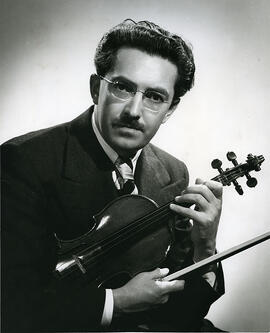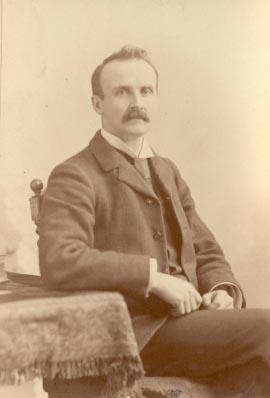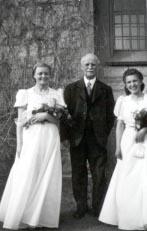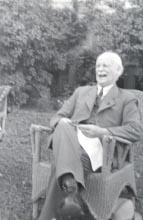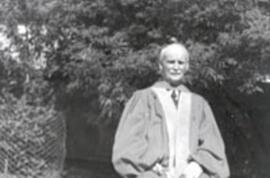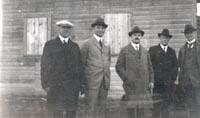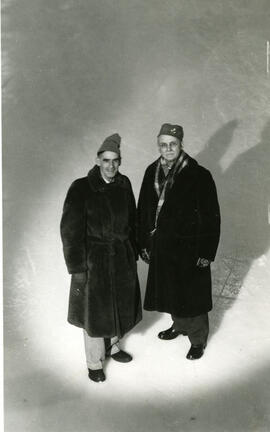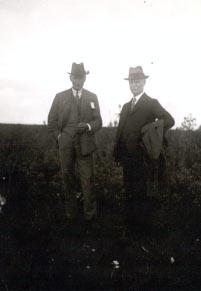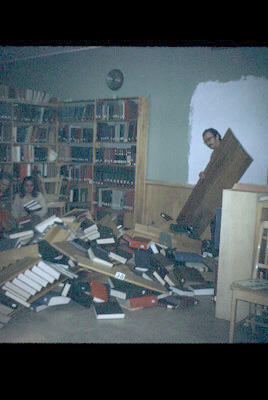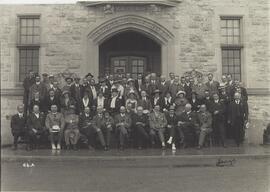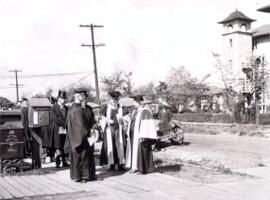- A-7093
- Item
- [195-?]
Portrait of Murray Adaskin, head, Department of Music, holding a violin.
Bio/Historical Note: Born in 1906 in Toronto to Jewish-Latvian immigrant parents, Murray Adaskin studied the violin with Alexander Chuhaldin at the Toronto Conservatory of Music. He began his career playing the violin in silent film presentations in his native city. Afterwards, he was a violinist with the Toronto Symphony Orchestra from 1923-1936. He married his first wife, soprano Frances James, around that time. From 1938-1952 he was with the Royal York Hotel trio. Adaskin attended the Music Academy of the West in 1950. By age 38, he had studied for seven years with John Weinzweig to become a composer. Other composers he studied with include Charles Jones and Darius Milhaud. He was head of the Department of Music at the University of Saskatchewan from 1952-1966, including four years as conductor of the Saskatoon Symphony Orchestra. He then became the Composer-in-Residence until 1972, the first position of its type ever created at a Canadian university. Among his notable pupils were composers Boyd McDonald, Paul Pedersen, Rodney Sharman and Timothy Williams; and violinist Andrew Dawes. By 1972 he retired to Victoria where he started composing more than half his total of 130 compositions. Among his many honours were Saskatoon's citizen of the year for 1970, Officer of the Order of Canada in 1981, and an honourary Doctor of Laws degree from the U of S in 1984. Adaskin lost his first wife in 1988. In 1989 he remarried to Dorothea Larson, who was his helping hand in recording some pieces on their own label. He died in Victoria in 2002 at age 96, just before the release of two CDs of a five-disc collection in his memory. Adaskin Cove in the Arbor Creek neighborhood of Saskatoon is named in his honour.

